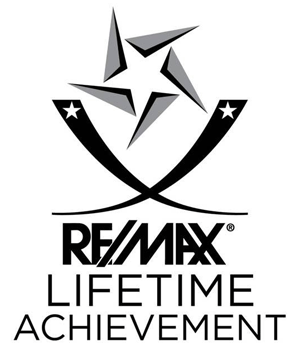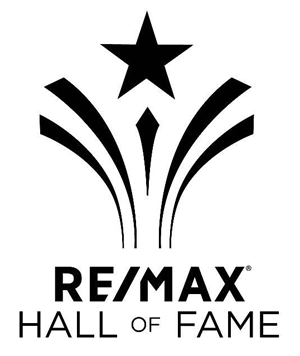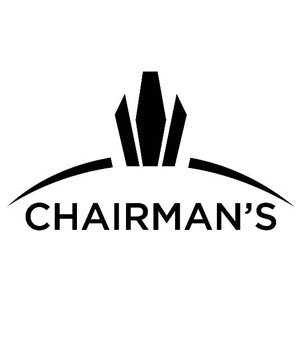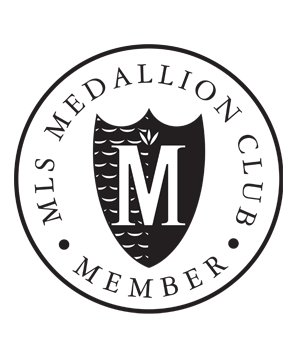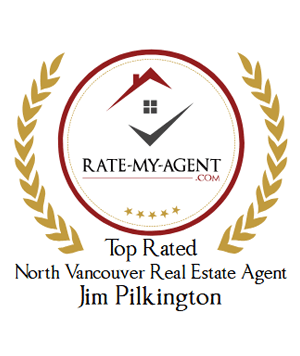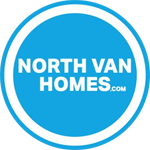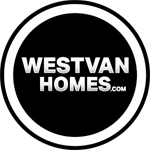What’s the Difference Between the City of North Vancouver and the District of North Vancouver?
North Vancouver confuses many homebuyers. There’s the City of North Vancouver and the District of North Vancouver. They’re two separate municipalities with different governments, tax rates, and services. This distinction matters when you’re buying property because it affects your costs, amenities, and lifestyle.
Let me break down the key differences between these two areas. You’ll learn about boundaries, property taxes, services, and real estate markets. This knowledge will help you make a smarter buying decision.
Understanding the Two North Vancouvers
The North Shore has two distinct municipalities. The City of North Vancouver sits along the waterfront. The District of North Vancouver surrounds it on three sides, stretching north to the mountains.
Both areas share the North Vancouver name, but they operate independently. Each has its own mayor, council, and municipal services. This separation dates back to 1907 when the District incorporated first, followed by the City in 1907.
Geographic Boundaries
The City of North Vancouver covers about 11.95 square kilometres along Burrard Inlet. It runs from the Lions Gate Bridge east to the Second Narrows Bridge. The northern boundary roughly follows 29th Street.
The District of North Vancouver spans 160.76 square kilometres. It wraps around the City and extends north to the mountains. This massive area includes popular neighbourhoods like Lynn Valley, Deep Cove, and Edgemont Village.
Think of it this way: the City is the dense, urban waterfront strip. The District encompasses the suburban and mountainous areas beyond.
Key Differences That Affect Homebuyers
Property Tax Rates
Property taxes differ between the two municipalities. The City typically has higher tax rates due to its urban density and infrastructure needs. The District’s larger tax base allows for slightly lower rates.
Here’s what this means for your wallet: a comparable home might cost you more annually in City taxes. However, property values and assessments also vary, so the actual dollar difference depends on your specific property.
Municipal Services
Both areas provide essential services, but delivery methods differ.
City of North Vancouver services:
- More frequent garbage collection
- Denser transit coverage
- Urban-focused recreation programs
- Compact fire and police response areas
District of North Vancouver services:
- Larger park systems and trail networks
- Community centres spread across neighbourhoods
- Volunteer fire departments in some areas
- School programs tailored to suburban families
Development and Zoning
The City focuses on densification and urban renewal. You’ll see more condos, townhouses, and mixed-use developments. Zoning allows for higher density living.
The District emphasizes maintaining neighbourhood character while allowing controlled growth. Single-family homes dominate, though some areas permit secondary suites and duplexes.
Lifestyle and Amenities
City Living Experience
City residents enjoy urban conveniences. Lonsdale Avenue offers shopping, dining, and entertainment. The Lonsdale Quay provides SeaBus access to downtown Vancouver. Waterfront parks and the Shipyards district create vibrant community spaces.
Transit connections excel in the City. Bus routes run frequently, and the SeaBus terminal makes downtown commutes easy. You can walk to many amenities.
District Living Experience
District living feels more suburban and nature-focused. You’re closer to hiking trails, mountain biking routes, and ski hills. Neighbourhoods like Lynn Valley and Deep Cove offer village-like atmospheres.
Commuting requires more planning. While bus service exists, many residents rely on cars. The trade-off is larger lots, newer homes, and mountain access.

As an award winning realtor who has lived my entire life on the North Shore, let me showcase your home and all the beauty this area has to offer. Get in touch now.
Real Estate Market Differences
Housing Types and Prices
The City features more condos and townhouses. Waterfront properties command premium prices. Heritage homes in areas like Lower Lonsdale attract buyers seeking character.
The District offers more single-family homes on larger lots. Prices vary significantly by neighbourhood. Deep Cove waterfront homes cost more than inland Lynn Valley properties.
Market Trends
City properties appeal to downsizers, young professionals, and investors. Rental demand stays strong due to transit access and urban amenities.
District homes attract families seeking space and schools. The market moves based on school catchments, neighbourhood reputation, and mountain access.
Choosing Between City and District
Consider City Living If You:
- Want easy downtown access via SeaBus
- Prefer walking to restaurants and shops
- Like urban energy and waterfront views
- Don’t mind higher density living
- Value shorter commute times
Consider District Living If You:
- Prioritize outdoor recreation and nature
- Want larger homes and yards
- Prefer suburban neighbourhood feel
- Don’t mind longer commutes
- Value top-rated schools and family amenities
Popular Neighbourhoods by Municipality
City Neighbourhoods:
- Lower Lonsdale: Waterfront condos and heritage homes
- Central Lonsdale: Urban living with transit access
- Upper Lonsdale: Mix of condos and townhouses with mountain views
District Neighbourhoods:
- Lynn Valley: Family-friendly with excellent schools
- Deep Cove: Waterfront luxury and outdoor recreation
- Edgemont Village: Charming village atmosphere
- Canyon Heights: Prestige homes near Grouse Mountain
Transportation and Commuting
The City wins for public transit. SeaBus service runs every 15-30 minutes during peak hours. Multiple bus routes connect to various Vancouver destinations.
District residents often drive to transit hubs or use park-and-ride lots. Some neighbourhoods have decent bus service, but frequency varies. Highway access is good via Highway 1 and the Ironworkers Memorial Bridge.
Schools and Education
Both municipalities offer excellent schools, but catchment areas differ. Some District schools rank among BC’s best, particularly in Lynn Valley and Edgemont.
French immersion programs exist in both areas. Private schools like Collingwood School serve families throughout North Vancouver.
Research specific catchment areas when house hunting. School quality significantly affects property values and resale potential.
Making Your Decision
The choice between City and District depends on your priorities. Urban convenience versus suburban space. Transit access versus mountain recreation. Higher density versus larger lots.
Visit both areas at different times. Drive the commute routes. Check transit schedules. Walk through neighbourhoods you’re considering.
Remember, you’re not just buying a house—you’re choosing a lifestyle. The municipal differences affect daily life, costs, and long-term satisfaction.
Working with a Local Expert
Navigating North Vancouver’s unique municipal structure requires local expertise. As someone who’s lived on the North Shore my entire life, I understand these nuances intimately. I’ve helped hundreds of families choose between City and District properties based on their specific needs.
Whether you’re drawn to urban waterfront living or suburban mountain access, I can guide you through each area’s advantages and challenges. My deep knowledge of neighbourhoods, school catchments, and market trends ensures you’ll make an informed decision.
Let’s discuss your priorities and find the perfect North Vancouver home for your lifestyle. Contact me today to start your search with confidence.
Frequently Asked Questions
Can I easily move between City and District properties?
Yes, but remember they’re separate municipalities with different tax rates, services, and bylaws. Your municipal voting, services, and property taxes change based on location.
Do both areas have the same postal codes?
No, postal codes help identify whether a property sits in the City or District. V7M typically indicates City properties, while V7G, V7H, and V7J usually indicate District properties.
Are property values higher in one area versus the other?
Property values depend more on specific location, views, and home type than municipal boundaries. Waterfront properties in either municipality command premium prices. Mountain access and school catchments also affect values significantly.
Do I get the same city services regardless of which area I choose?
No, each municipality provides its own services. While both offer quality services, delivery methods and costs differ. The City focuses on urban services, while the District emphasizes suburban and recreational amenities.
How do I know which municipality a property belongs to?
Check the property address with municipal websites or ask your realtor. Street names sometimes indicate location, but boundary lines can be complex. Professional guidance ensures accuracy.
Are there different building codes between the two areas?
Both follow BC Building Code standards, but each municipality may have additional requirements or processes. Development permit processes, heritage designations, and zoning rules vary between City and District.
Which area is better for families with children?
Both offer excellent family amenities and schools. The District typically provides more space and suburban feel, while the City offers urban conveniences and shorter commutes. Your choice depends on family priorities and lifestyle preferences.

